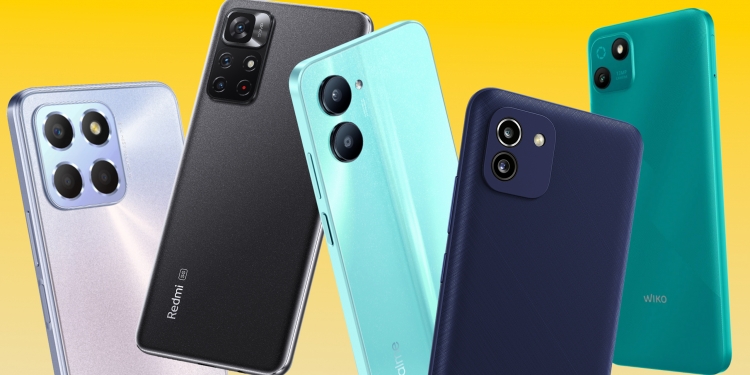At SoyaCincau, we love flagship smartphones as much as the next person. It’s really fun being on the bleeding edge of phone technology, whether it’s blazing fast performance, professional-grade cameras or even folding screens.
But we also know that top-of-the-line phones are ridiculously expensive, and in this faltering economy, spending thousands of ringgit is perhaps not the most prudent financial decision—especially given that at the most basic level, all phones do the same thing.
And there are plenty of reasons why someone might spring for the cheapest smartphone they can get away with. Maybe you need a second device for work, or something disposable that you can use for your business. Or maybe you simply can’t afford anything more. And really, that’s nothing to be ashamed of.
Especially when even the cheapest smartphones are pretty good these days. Every model you see here comes with a large battery and at least a HD display and Android 11. Some may have an edge in terms of the chipset, others the cameras. Either way, you should be happy with any the phones you see here, and we’ve even thrown in some recommendations for devices priced just above this bracket, as they may sneak under the RM600 mark during the upcoming 10.10 sales.
Honor X6
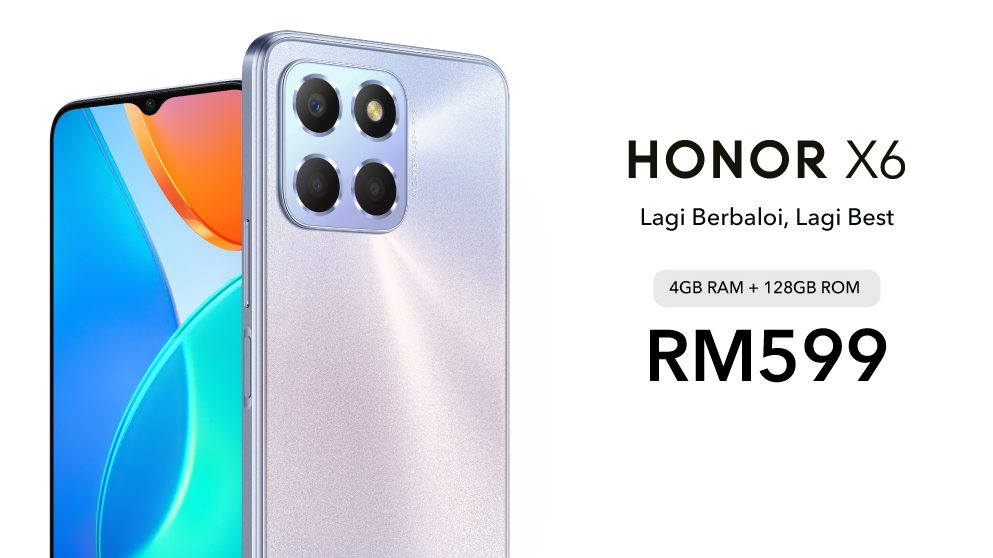
This phone is so new it isn’t even on sale yet. The Honor X6 is the latest contender in the RM600 space, and when it enters stores on October 7 it will stake its claim to being the cheapest phone in Malaysia with 128GB of storage.
The rest of the spec sheet is also respectable for the price—a 6.5-inch HD+ display, a 5,000mAh battery, a 50MP main camera, a 2MP depth sensor, a 2MP macro camera and a measly 5MP selfie shooter. You do only get an entry-level MediaTek Helio G25 processor, however, paired with 4GB of RAM.
Other features include a side fingerprint sensor, a USB-C port (limited to 10W charging), a 3.5mm headphone jack and Bluetooth 5.1 connectivity. If 128GB of storage isn’t enough, there’s a MicroSD card slot that can support up to 1TB. The X6 is also one of two phones on this list that ships with Android 12, skinned with the MagicUI 6.1.
Spending a further RM100 will net you the Honor X7, which throws in a larger 6.74-inch display, a Qualcomm Snapdragon 680 chip, a 48MP main camera, a 5MP ultra-wide and an 8MP selfie shooter. You also get faster 22.5W charging for your RM699.
Honor X6
- 4GB RAM + 128GB storage – RM599
Realme C33
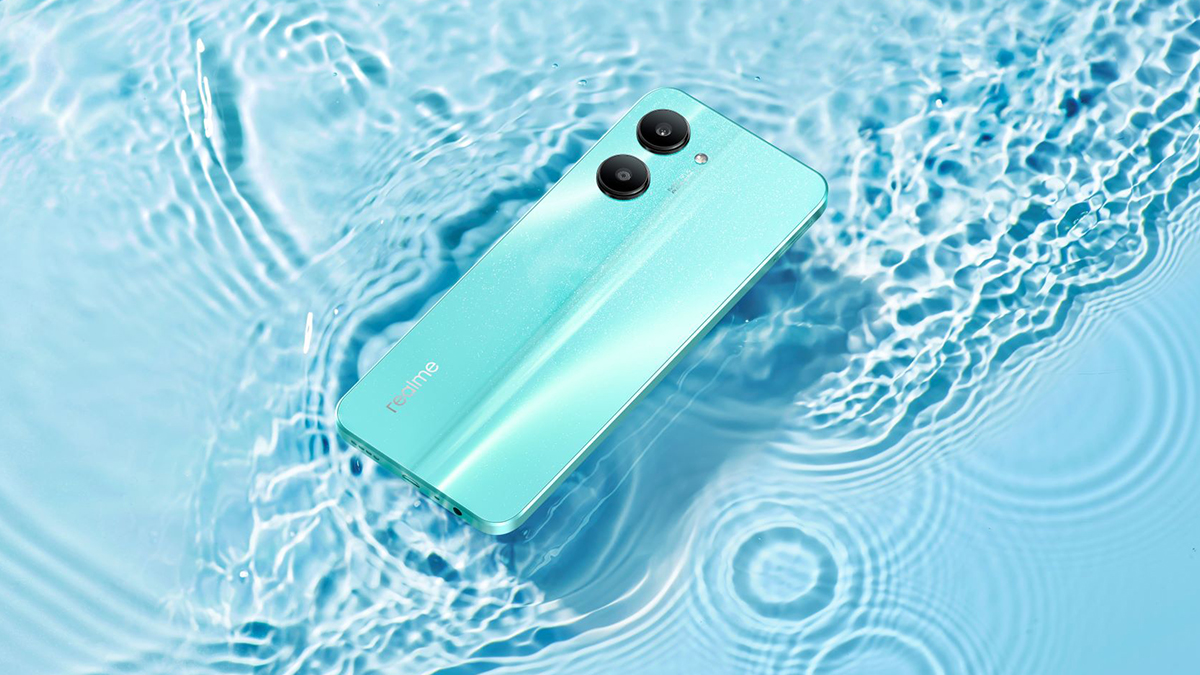
Another new phone is the Realme C33, which goes right up against the Honor X6 in terms of specs, if not storage—you’re getting 64GB for only RM40 less than its competitor. It too will go on sale on October 7.
In terms of specs, it comes with a 6.5-inch HD+ display, a Unisoc Tiger T612 chip, a 5,000mAh battery, a 50MP main camera and a depth sensor with a resolution of just 0.3MP. Sitting within the teardrop notch display is a 5MP selfie shooter.
Elsewhere, the C33 features a side fingerprint sensor, a USB-C port (limited to 10W charging), a 3.5mm headphone jack and a Micro SD card slot. Like the Honor, the Realme comes with Android 12, along with the Realme UI S Edition launcher.
Again, an extra RM100 will get you a nicer phone, in this case the C35. This adds a more powerful T616 chip, a 6.6-inch Full HD+ screen, a 2MP macro camera, an 8MP selfie shooter and 18W fast charging.
Realme C33
- 4GB RAM + 64GB storage – RM559
Redmi Note 11S 5G
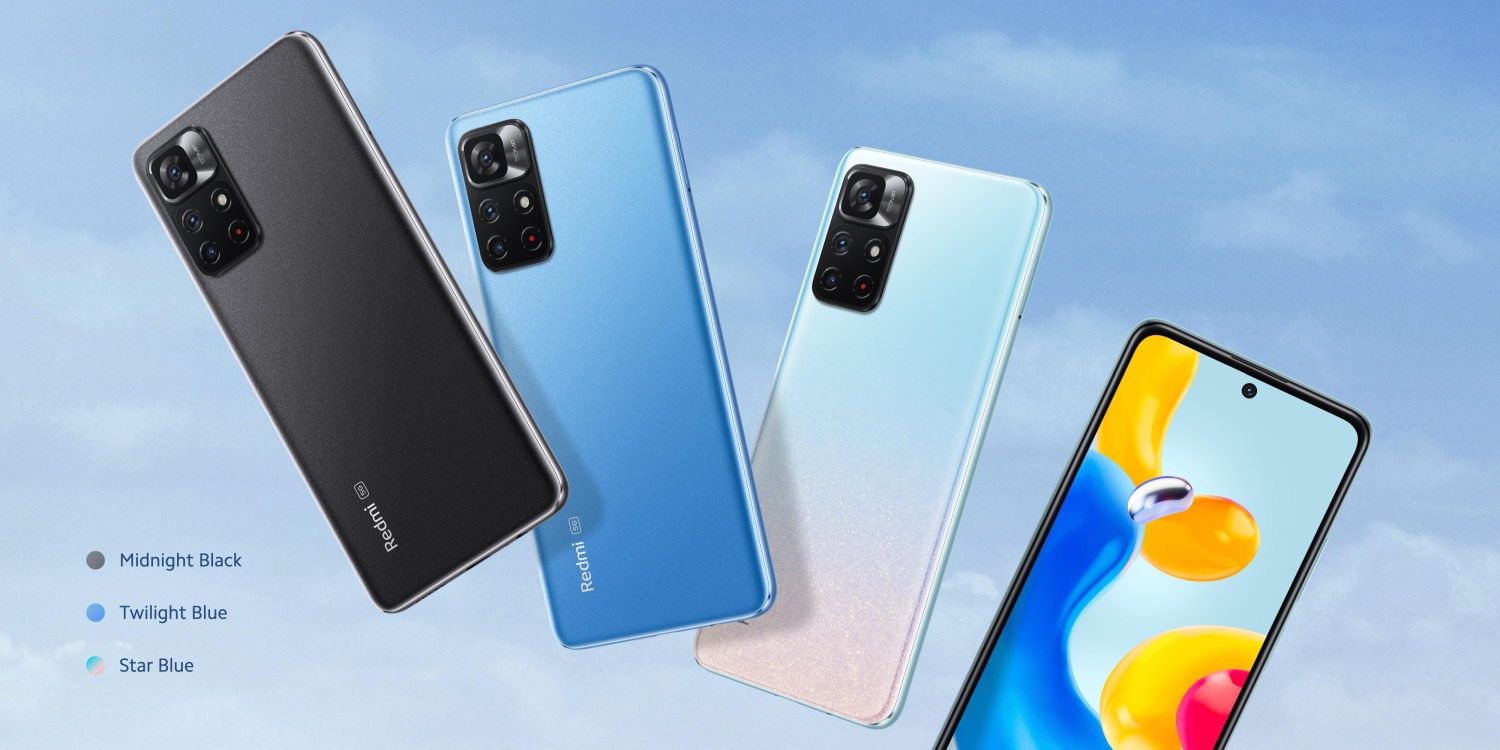
This one is a serious bargain. Xiaomi is selling the Redmi Note 11S 5G—typically offered only with 6GB of RAM and 128GB of storage—with 4GB of RAM and 64GB of storage instead. Sliding just under the RM600 mark, it’s an altogether more serious phone that, as the name suggests, comes with 5G connectivity built in.
All this comes courtesy of a MediaTek Dimensity 810 chip, juiced by a 5,000mAh battery. The Note 11S 5G takes pictures through a 50MP main camera, an 8MP ultra-wide, a 2MP macro camera and a 13MP hole-punch selfie shooter. The display is a 6.6-inch Full HD+ panel with a 90Hz refresh rate and a 240Hz touch sampling rate.
This device also comes with a side fingerprint sensor, an IR blaster, a USB-C port, 33W fast charging (the charger comes in the box), stereo speakers, a 3.5mm headphone jack, Bluetooth 5.1 connectivity and a MicroSD card slot that can expand storage by up to 1TB. The Note 11S 5G is pre-installed with Android 11 skinned with MIUI 13.
Another benefit of the Note 11S 5G is the 128GB storage option, and while it’s quite a bit more costly at RM799, you should go for it if you can afford it. The 6GB RAM version is quite the stretch, however, priced at RM999.
Redmi Note 11S 5G
- 4GB RAM + 64GB storage – RM599 (Shopee)
Poco C40
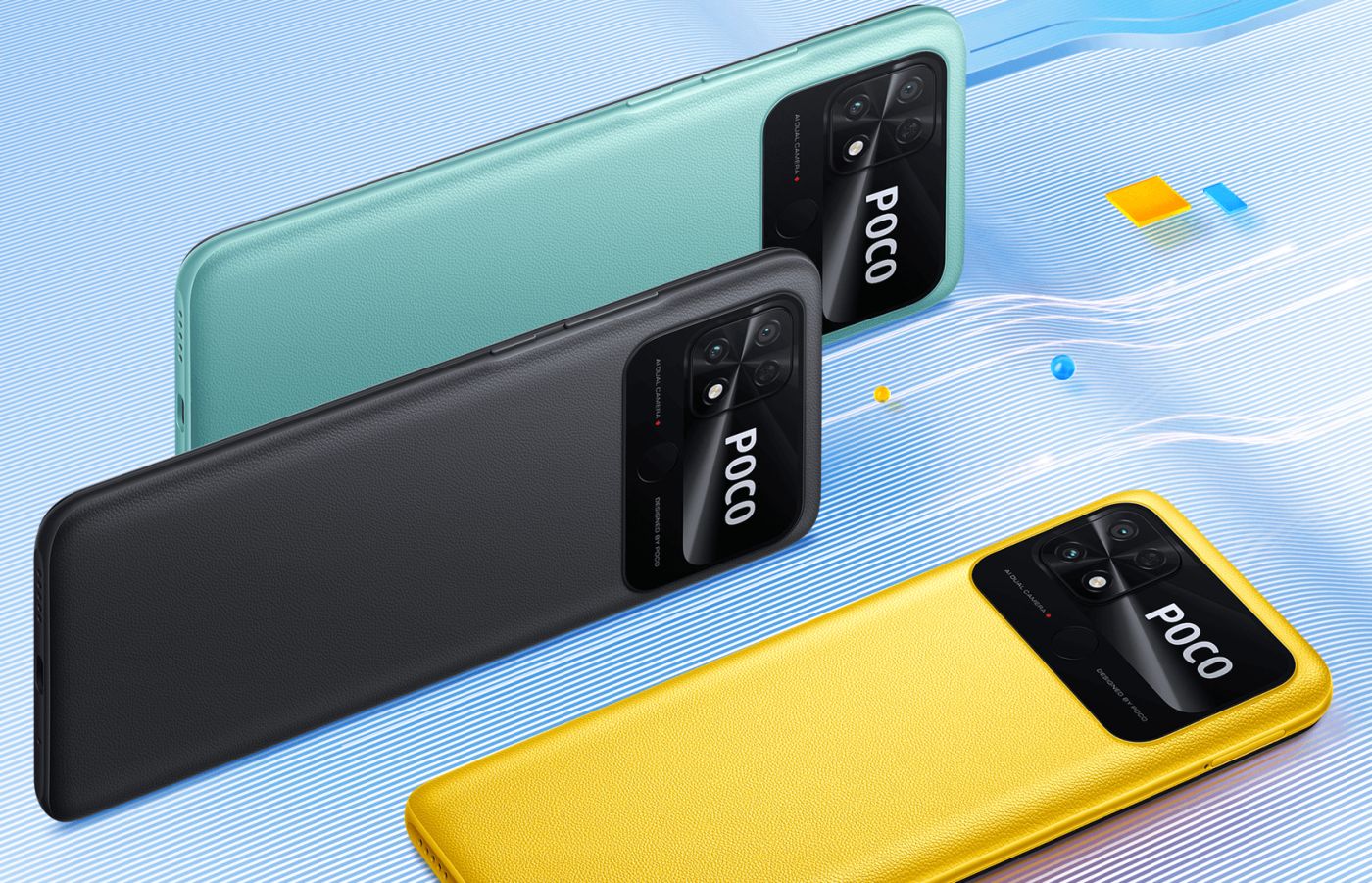
Xiaomi’s budget sub-brand is Poco, and the cheapest phone the company currently sells is the C40. This device grabs headlines not only with its available bright yellow colourway but also its massive 6,000mAh battery, claimed to offer 30 hours of talk time.
You do sacrifice quite a lot for this battery (and the large 6.71-inch HD+ display), however. Its chipset comes from the little-known JLQ Technologies, called the JR510. You also only get a 12MP main camera, a 2MP depth sensor and a 5MP selfie camera.
The C40 hits back with a solid selection of features, including Corning Gorilla Glass at the front, a rear fingerprint sensor, AI face unlock, a USB-C port, 18W charging, a 3.5mm headphone jack, 4G connectivity and IP52 dust and spray resistance. The phone ships with Android 11 skinned with MIUI 13.
If you can splurge a little, the Poco M5 comes with a MediaTek Helio G99 processor, a 90Hz 6.58-inch Full HD+ display, a 50MP rear camera, a 2MP macro camera and a Micro SD card slot for RM630 for the 64GB version. The phone was offered at launch at a promo price of RM599, which it will certainly reach again once the big sales kick off.
Poco C40
Samsung Galaxy A03
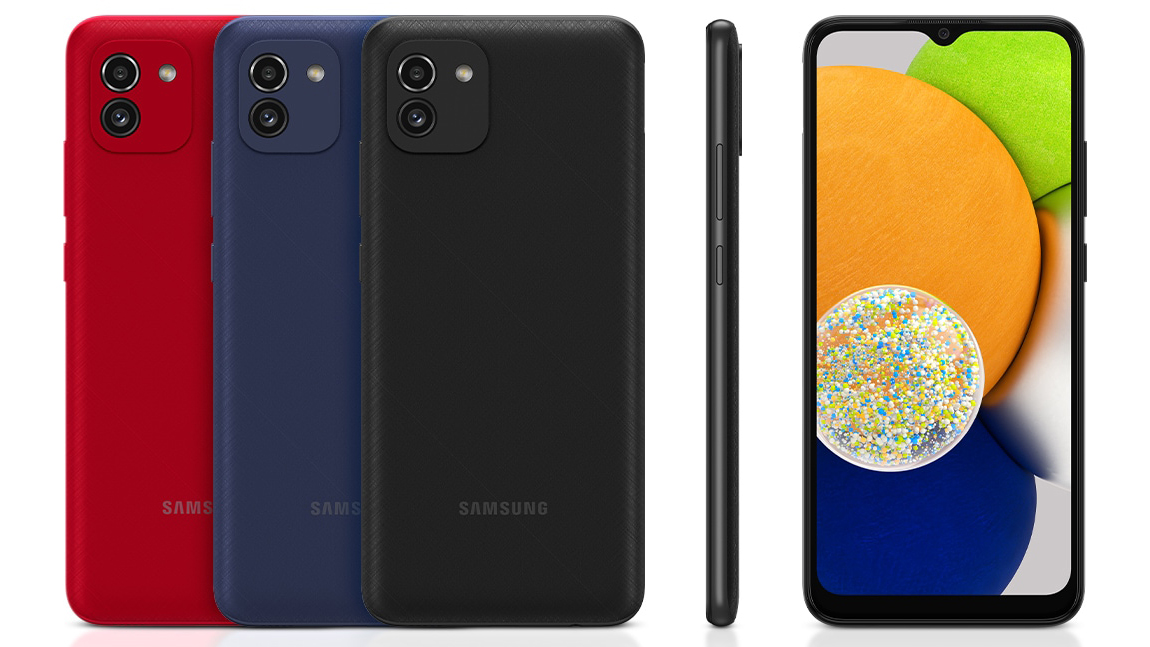
Let’s be honest – the only reasons you would choose a Samsung in this price range is the brand recognition, ecosystem and strong software support. To that end, the newly-introduced Galaxy A03 is your best option for under RM600.
You aren’t exactly getting the best hardware for your money, however. Underneath the 6.5-inch HD+ display sits an entry-level Unisoc Tiger T606 chip, although you do at least receive a generous 5,000mAh battery. The A03 is also fitted with a 48MP rear camera, plus a 2MP depth sensor and a 5MP selfie camera.
The device is also equipped with a fingerprint reader built into the power button, a Micro USB port (remember that?), a 3.5mm headphone jack, 4G connectivity and a MicroSD card slot that can expand storage up to 1TB. The A03 ships with Android 11 skinned with the basic One UI Core 3.1, but it should now have received an upgrade to Android 12, according to reports.
One note of warning—stocks of the A03 are running out, though a few retailers may have some units left. It appears Samsung Malaysia has already quietly introduced the new A04s, which gains an Exynos 850 processor, a 50MP main camera, a 2MP macro camera, a USB-C port and, most importantly, a 90Hz Full HD+ display. It’s priced slightly higher at RM679 for the 64GB version, which is why it’s not on this list; if you can stretch to it, you probably should.
Samsung Galaxy A03
- 3GB RAM + 32GB storage – RM469 (Samsung, Shopee, Lazada)
- 4GB RAM + 64GB storage – RM549 (Samsung, Shopee, Lazada)
Wiko T10
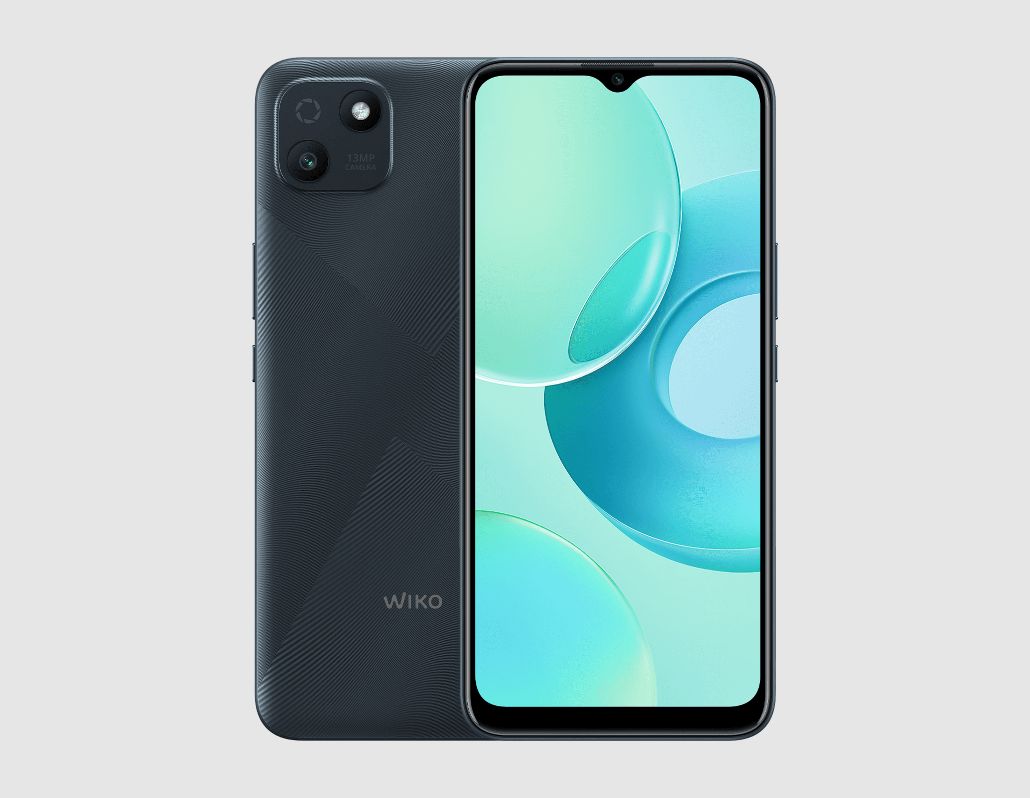
If you’re truly strapped for cash, the Wiko T10 can be had for well under RM500, and for that money you’re getting a 6.5-inch HD+ display, a 5,000mAh battery and 64GB of storage.
Don’t expect much else from this French phone, however—a basic MediaTek Helio A22, just 2GB of RAM, a 13MP rear camera and a 5MP selfie shooter. You do at least get a USB-C port (albeit with charging capped at just 10W) and a Micro SD card slot that can expand storage to 512GB. The phone runs on Android 11 Go, a lightweight version of Android developed for low-spec phones.
Wiko T10
- 2GB RAM + 64GB storage – RM429 (Shopee)
Counterpoint: Don’t buy a new phone
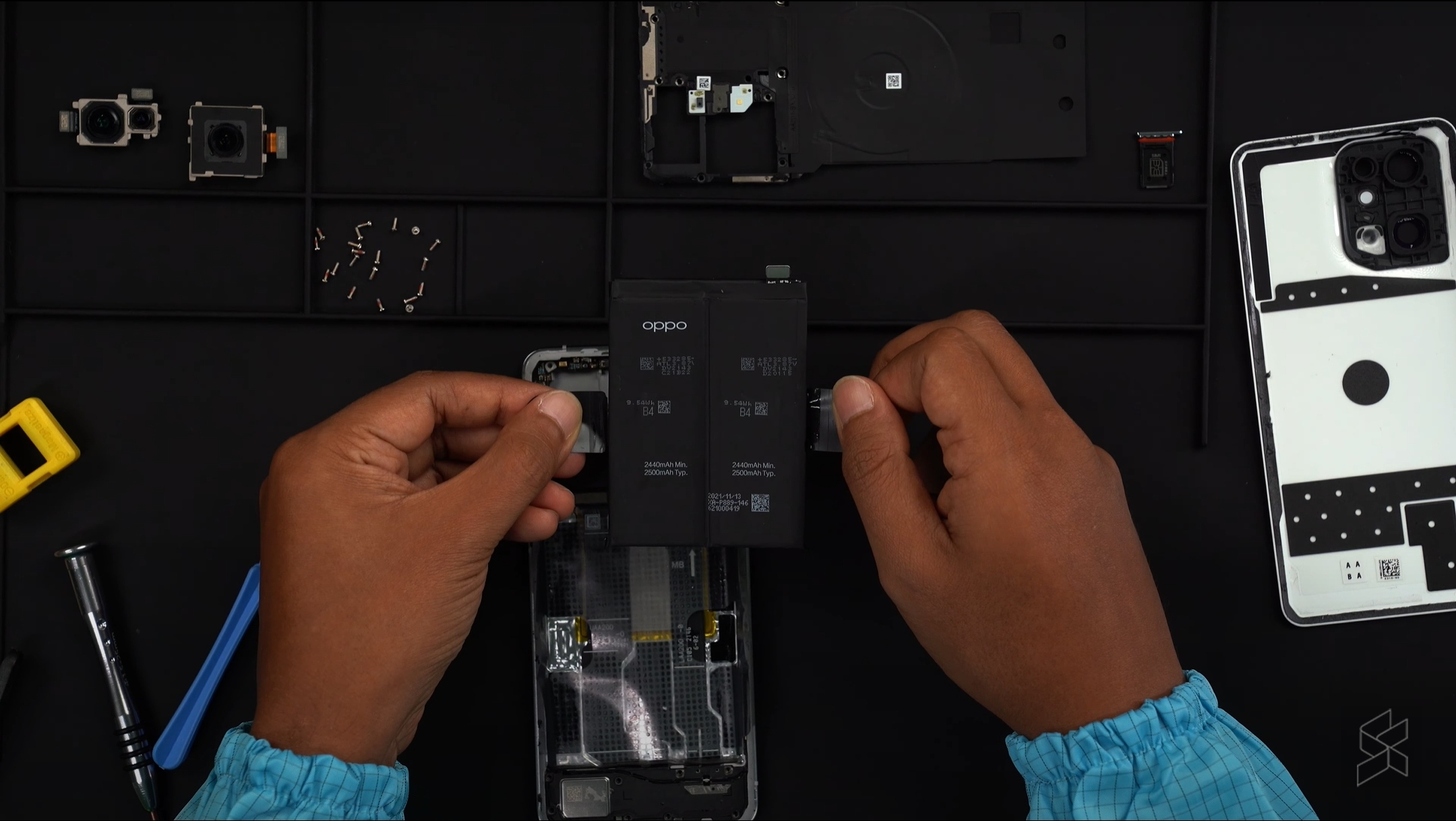
If you’re looking to buy a cheap phone to save money, the best solution might be to not buy a new phone at all. Unless you’re a first-time smartphone buyer, you’ll already have a phone you want to replace—and if it’s a higher-end model (even one from a few years ago), it will probably outperform the devices listed here.
And even if there’s something wrong with it, unless you threw it into a wood chipper, there’s a chance it might still be salvageable. Okay, maybe a cracked screen repair might not be worth the money, but if it’s the fading battery life you’re concerned about, replacing said battery is arguably the most cost-effective way of giving your old device a new lease of life—and it does not have to cost a bomb.
Erasing your phone could also make it feel faster and eliminate some of the glitches that may have accumulated over the years. Holding off on a new phone purchase isn’t only good for your wallet—it will also keep one more phone out of the landfill and mean one less phone being built using the Earth’s fast-depleting resources.

Perhaps the biggest argument for buying a new phone is software support, but things are improving on that front, too. Many Android phone makers are now promising up to three years of major Android updates and four years of security patches, while Apple is still supporting the now five-year-old iPhone 8 and X with its latest iOS 16 release. That should give you greater incentive to hang on to your current device until the manufacturer drops support.
Most importantly, keeping your old phone around for another year will allow you to build up the resources to eventually buy a much better phone—perhaps once the economy has recovered from its current hellhole. And if you do actually need to get a new phone, it really is worth it to spend a little extra to get a higher-end model, one that will serve you better for years to come and won’t become e-waste so soon.

